Today I’m going to be addressing a question I often get asked: How is whitewater canoeing different than kayaking or rafting? I think what people are really asking is why someone would choose to canoe whitewater, as it’s the least popular among the other options.
But I’d argue that each of the three (or four) types of whitewater paddling have a specific purpose, so they’re all good choices – it just depends on what you’re doing.
Enough talk though, let’s get into what the difference is between whitewater kayaking, canoeing and rafting!
Whitewater rafting
With whitewater rafting, paddlers are able to experience really big whitewater waves, without having any experience. This makes whitewater rafting such a popular tourist attraction.
Raft guides need to be excellent technical paddlers, but everyone else in the boat just sort of has to paddle however they’d like. Rafting is a great introduction to whitewater. You get to experience the thrill, without having to develop any skill.
One downside for some is that it’s less intimate than kayaking and canoeing – you aren’t as near to the water, you don’t feel the water on your boat in the same way or move as freely within the water.
Rafts also can’t manoeuvre narrow rivers or passageways, but for wide rivers with lots of big waves, rafting can be a lot of fun.

This post may contain affiliate links. If you make a purchase through one of these links, I may receive a small commission at no extra cost to you. Your support is much appreciated! You can learn more by reading my full disclosure.
Whitewater kayaking
Whenever you hear of paddlers throwing themselves off waterfalls, they’re always kayaking. That’s because whitewater kayaks have a few special properties that make them able to do whitewater than other boats cannot.
If you aren’t familiar with how crazy kayaking gets, watch this video (skip to 0:42).
Kayaks are nimble. With a good paddler in the cockpit, a kayak can turn on a dime and manoeuvre through some tight spaces and technical rapids.
Competent canoeists can somewhat do this, but not to the same extent as a kayaker.
Rafts are the furthest thing from nimble and are unable to manoeuvre tight spaces or change direction quickly.
Kayaks are covered. If the paddler has a kayak skirt on (which seals the hole they’re sitting in), the kayak can get splashed and even flipped upside down without taking in water.
Speaking of flipping… Kayaks can be rolled back up. Good kayakers can get flipped upside down by the water, and using some hip flicks and a lot of technique, they can get themselves back up again. Within a single set of rapids, a kayaker can get flipped and roll back up several times before finishing the set.
This is different from canoes, where tipping a boat sends the canoeists into the water and the boat has to be stopped before it can be flipped back up.
Note: A completely separate kayaking experience from whitewater kayaking would be using an inflatable kayak. These types of boats are typically not suitable for paddling in rapids but are excellent for ocean and lake paddling.
Whitewater Canoeing
So considering all that, why would someone choose a canoe over a kayak or a raft? The big reason why canoes get used to whitewater comes down to canoe tripping or river expeditions.
You can easily load up a canoe with a month’s worth of food and equipment, and set off on a self-supported journey down an 800 km river.
This isn’t possible with a whitewater kayak or a raft. That’s also what makes Canada such a great place for whitewater canoeing. The country has dozens (possibly even hundreds) of excellent rivers for canoe expeditions. So that’s why paddlers choose canoes for whitewater paddling!
Bonus: Packrafting – competitor to the canoe?
To be honest, it was only recently that I was introduced to the concept of packrafting and I have yet to try it myself.
If you aren’t familiar, a packraft is basically an inflatable kayak and some packrafts even deflate into backpacks for easy transport. These raft-kayak hybrids have been rapidly growing in popularity.
Read more about packrafts here. There are only a few instances where I’ve heard of people taking packrafts out for an extended period of whitewater paddling (shoutout to my favourite guiding company Boreal River which offers a 12 packraft trip in Northern Quebec), but beyond that, I’ve never heard of anyone tackling a classic Canadian river in a packraft.
My loyalty remains with the canoe, but packrafting is something I’d be interested in exploring.
What do you think?
Where does your loyalty lie? Is it with the kayak? Or perhaps, the canoe or the raft? Have you never tried whitewater before, but would be interested in getting started? Let me know in the comments below or contact me for more.
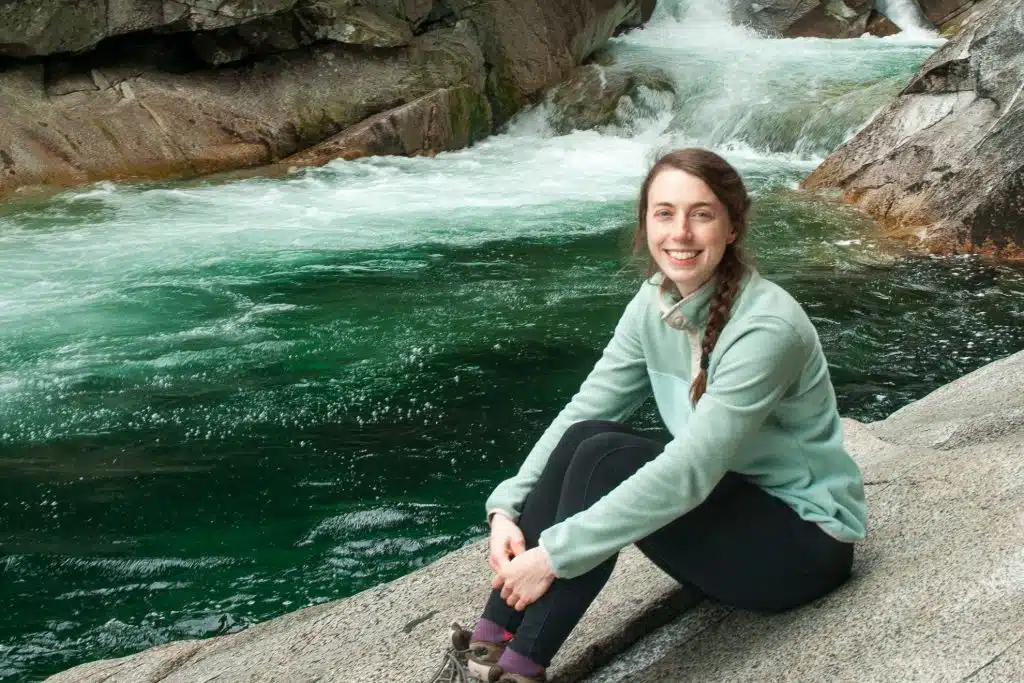

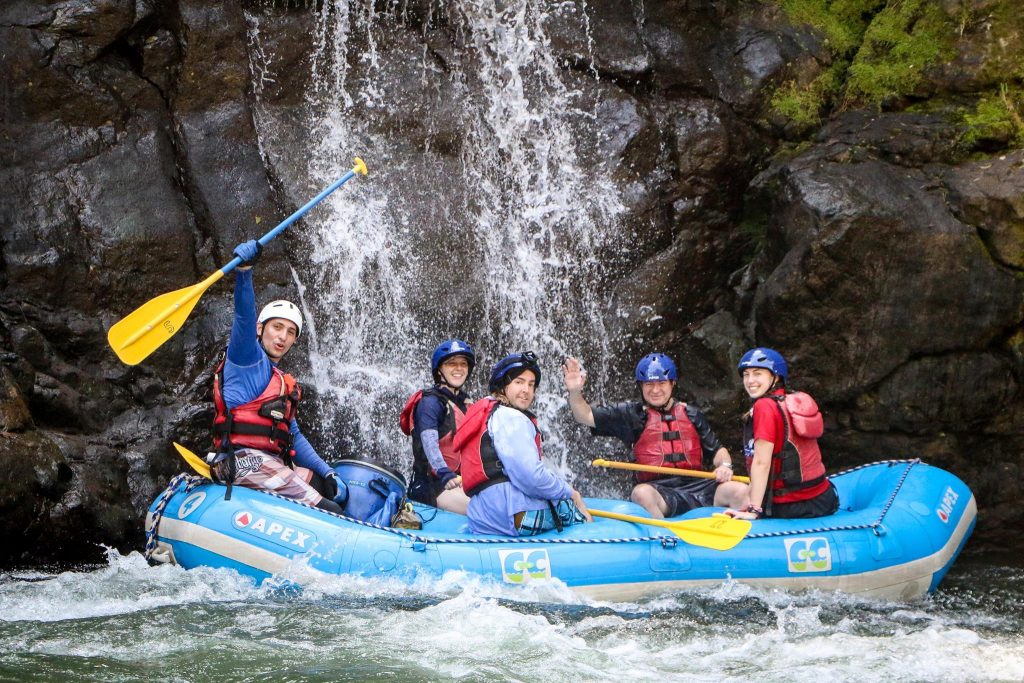

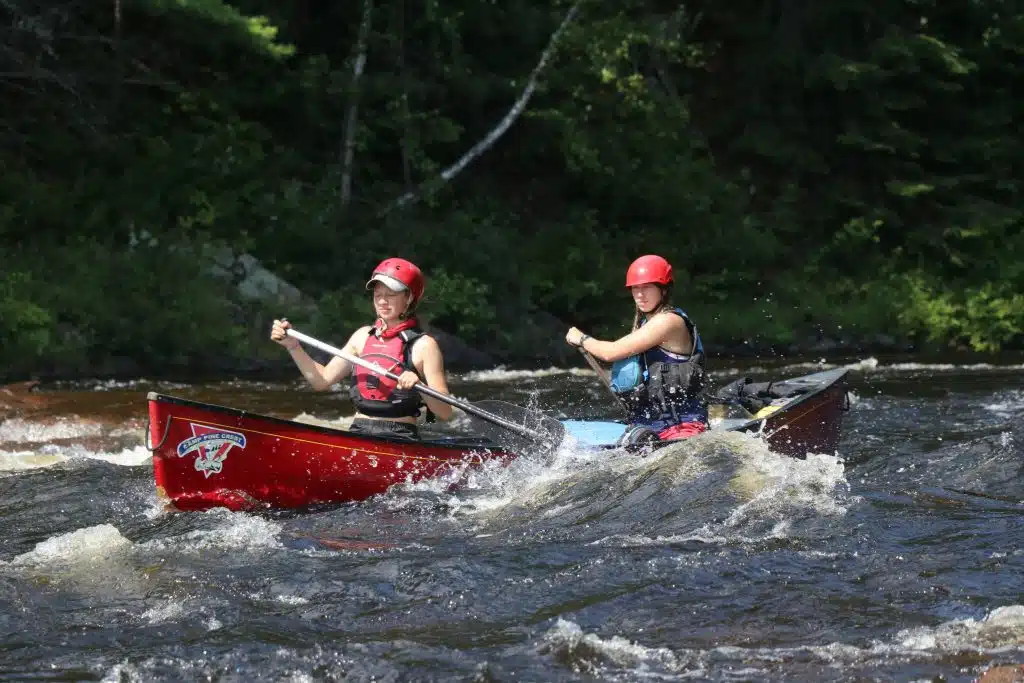
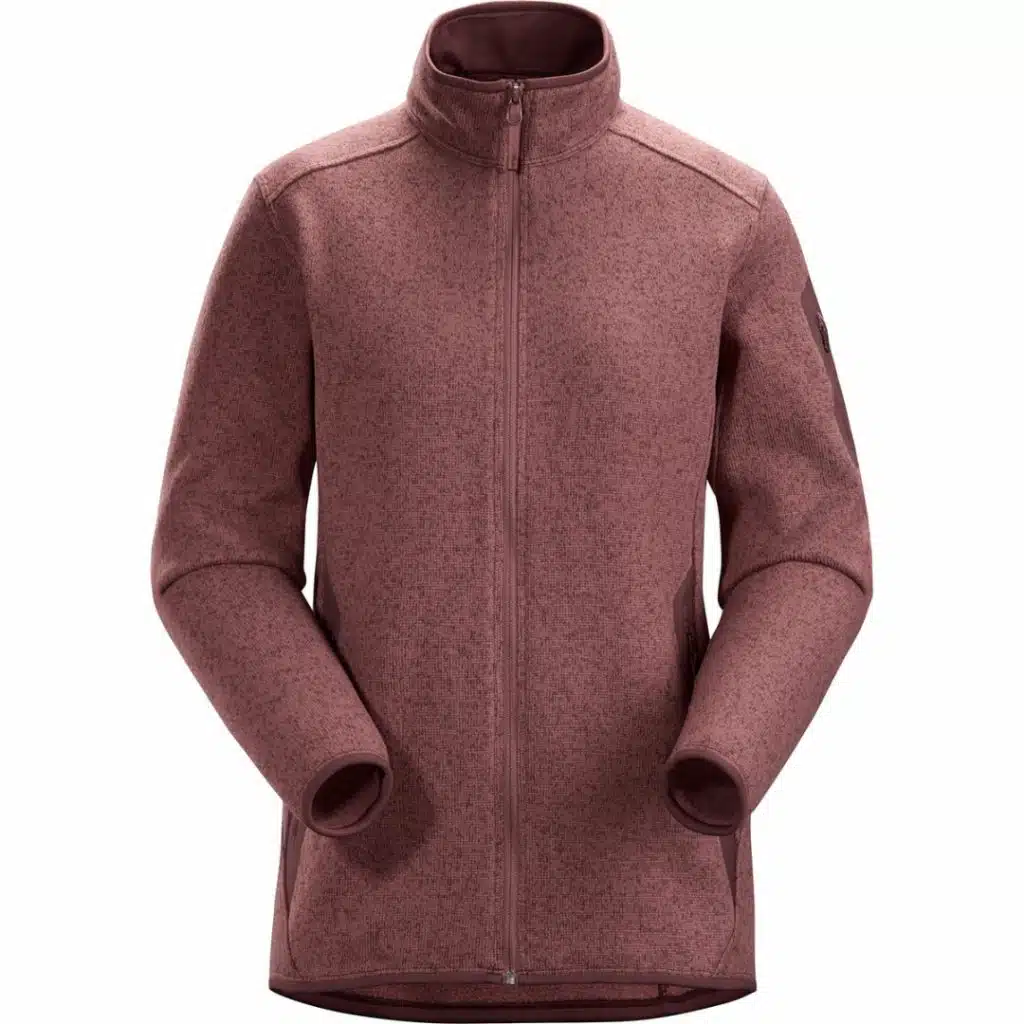
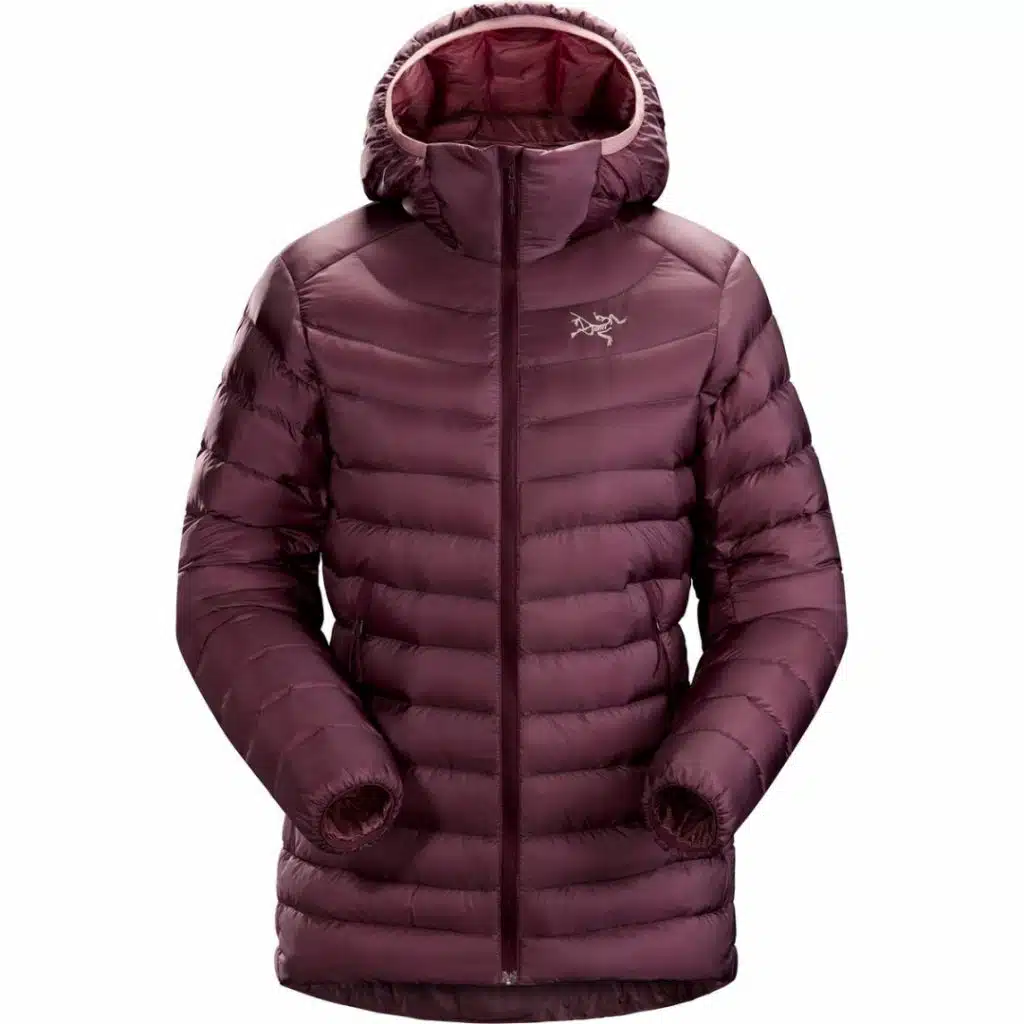
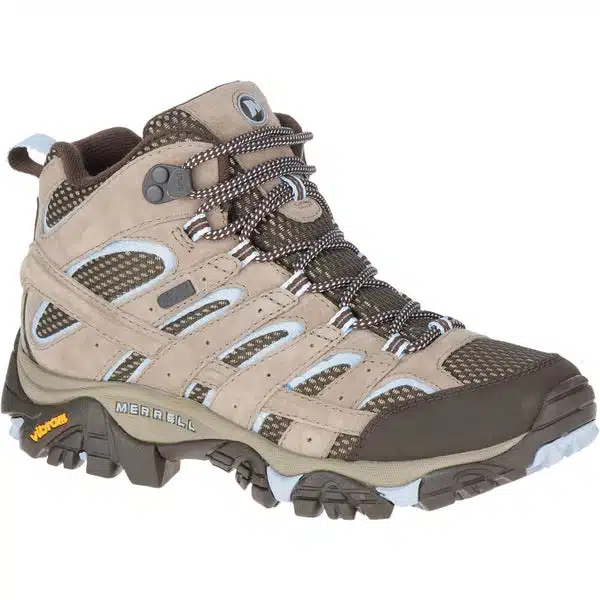
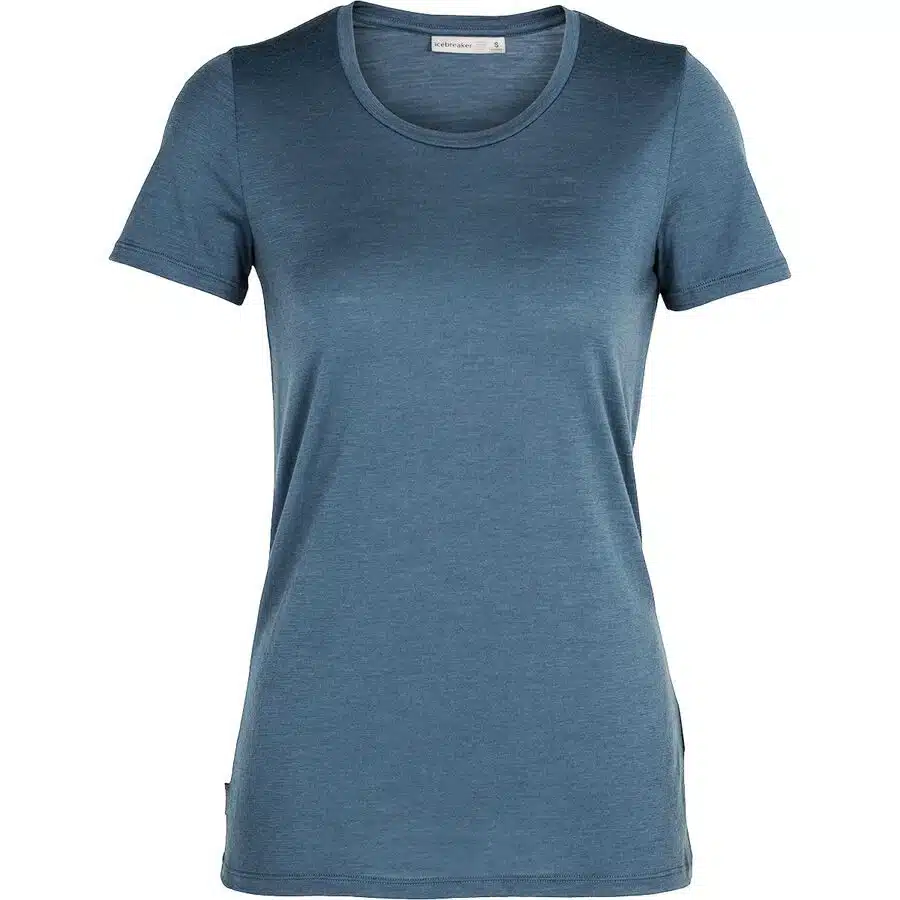
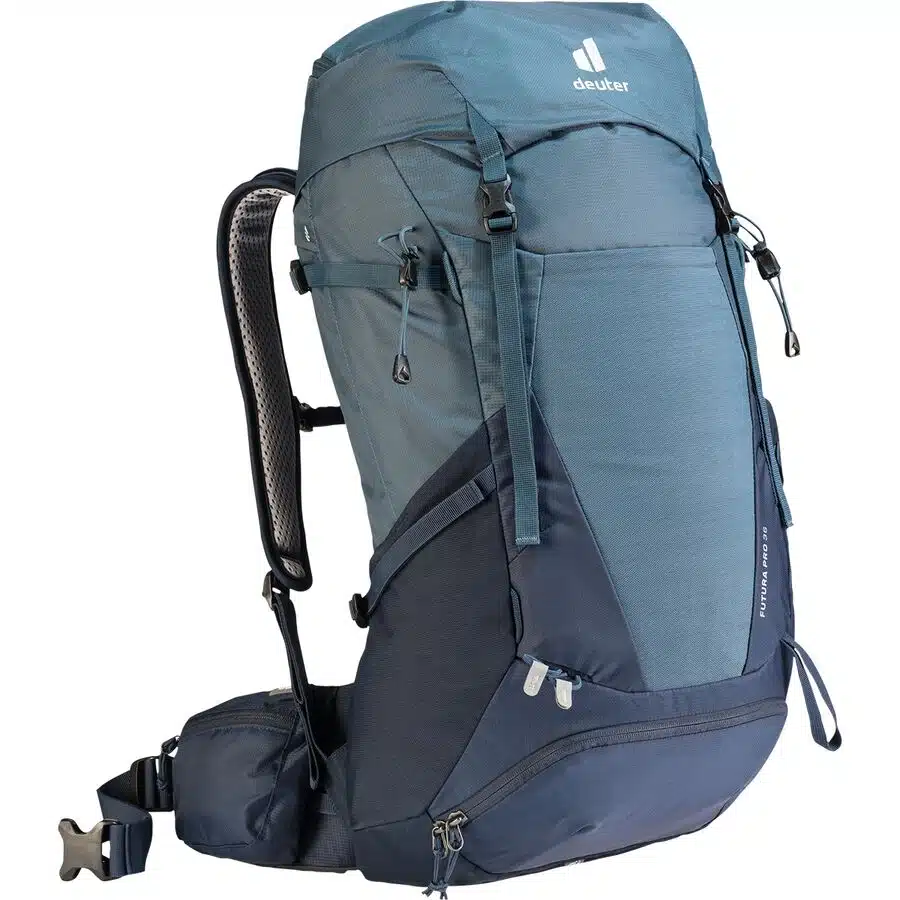
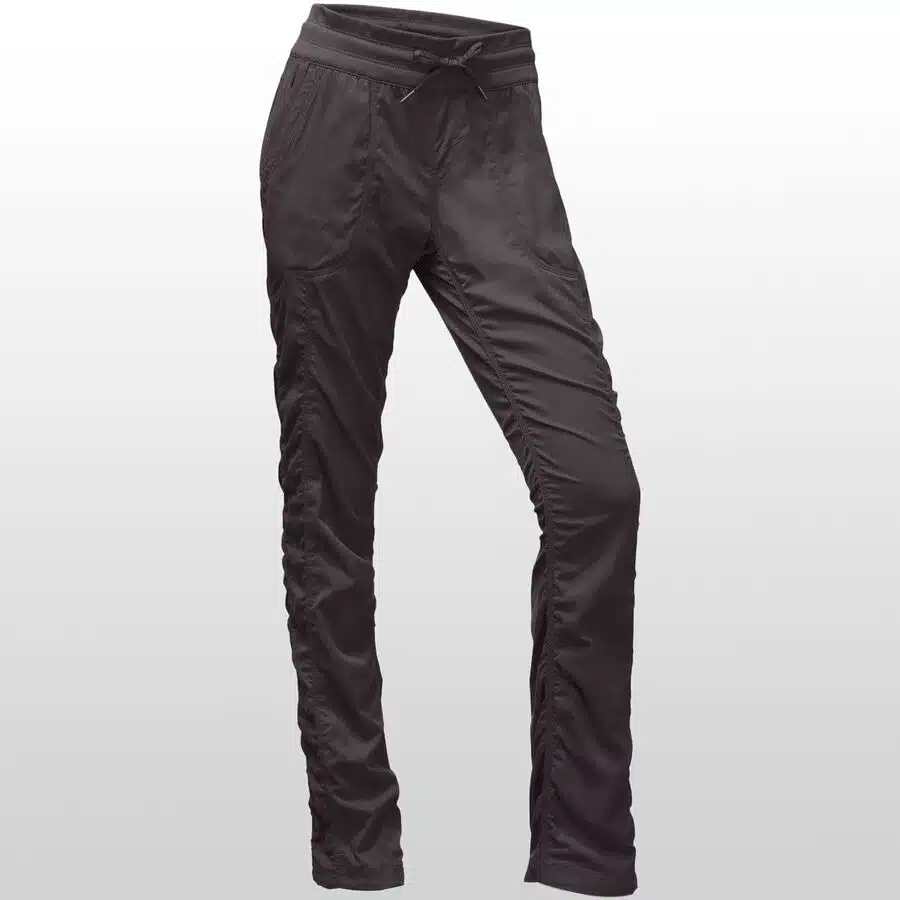
Stay in Touch
Join our community of outdoor adventurers - you'll find trip inspiration, gear discussions, route recommendations, new friends and more!
I love kayaking and rafting so much
Me too! 🙂
Thanks for all this info
You’re welcome, Alina!